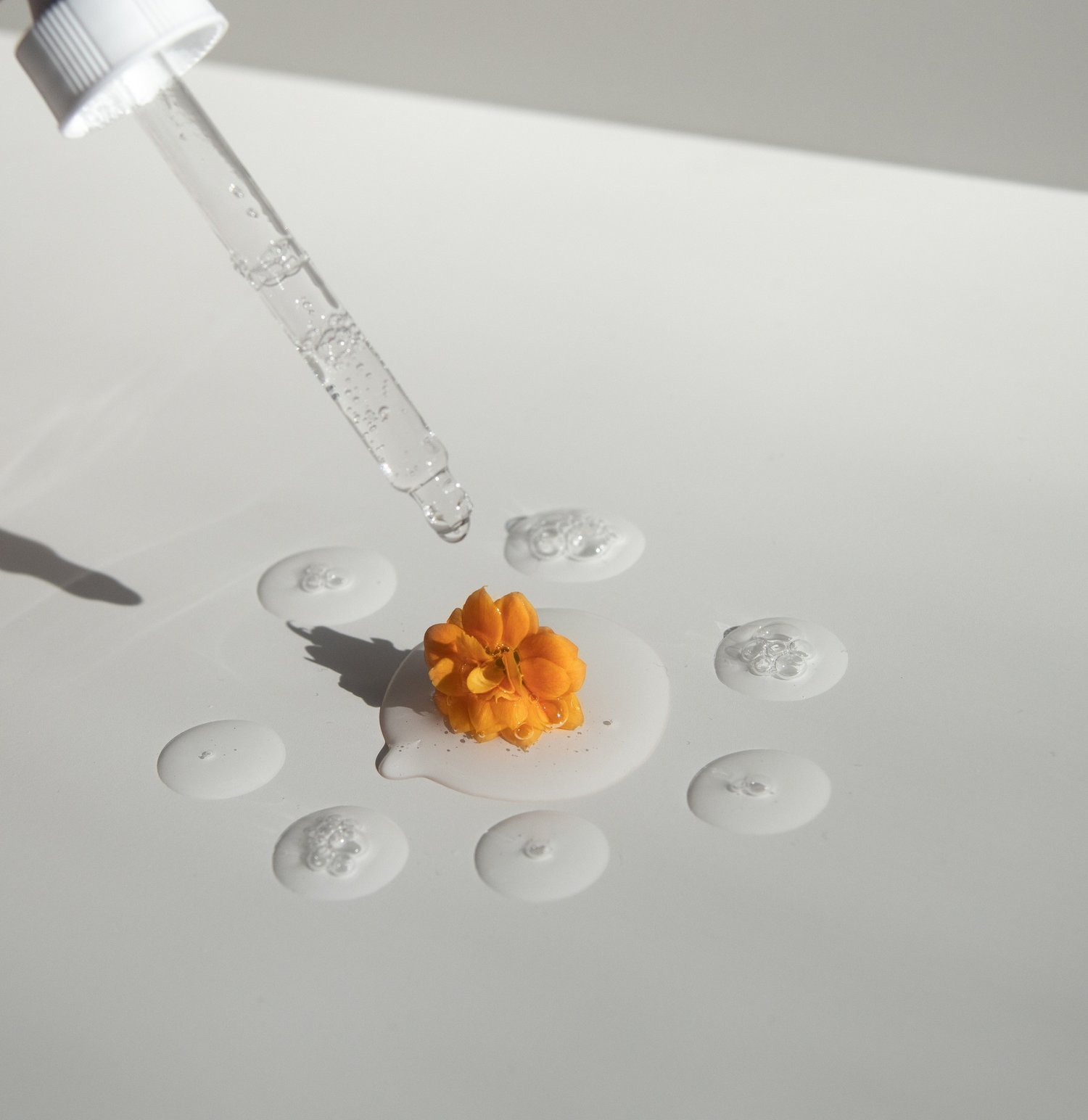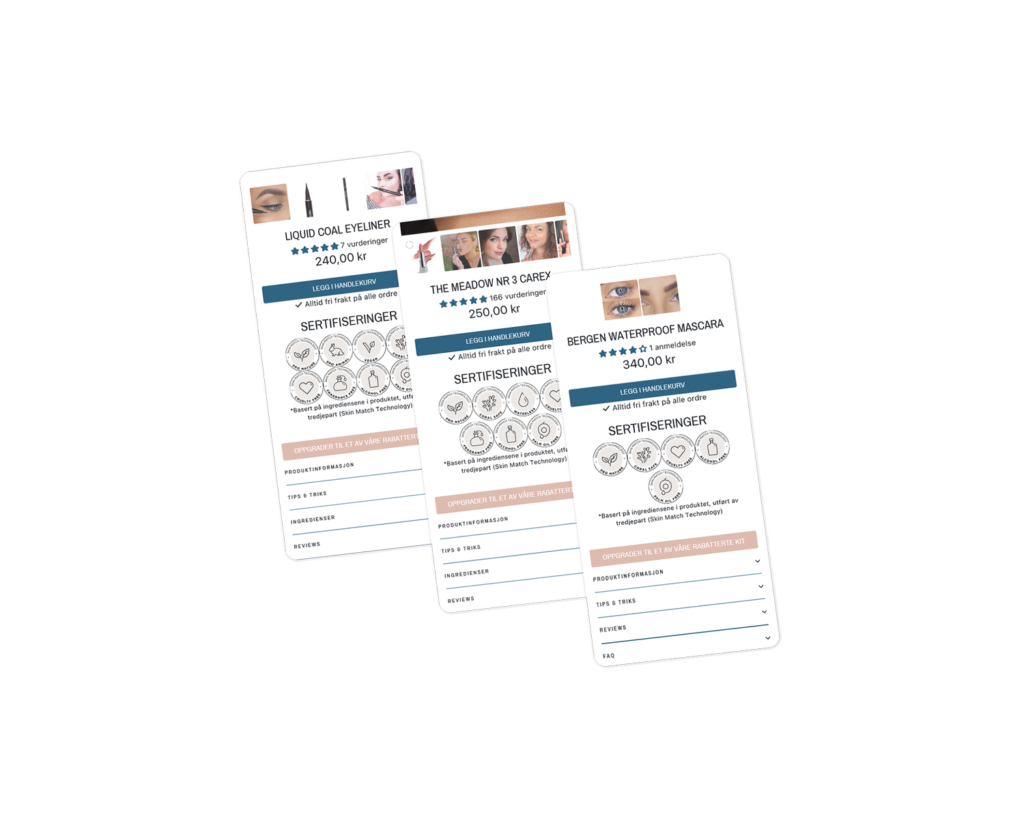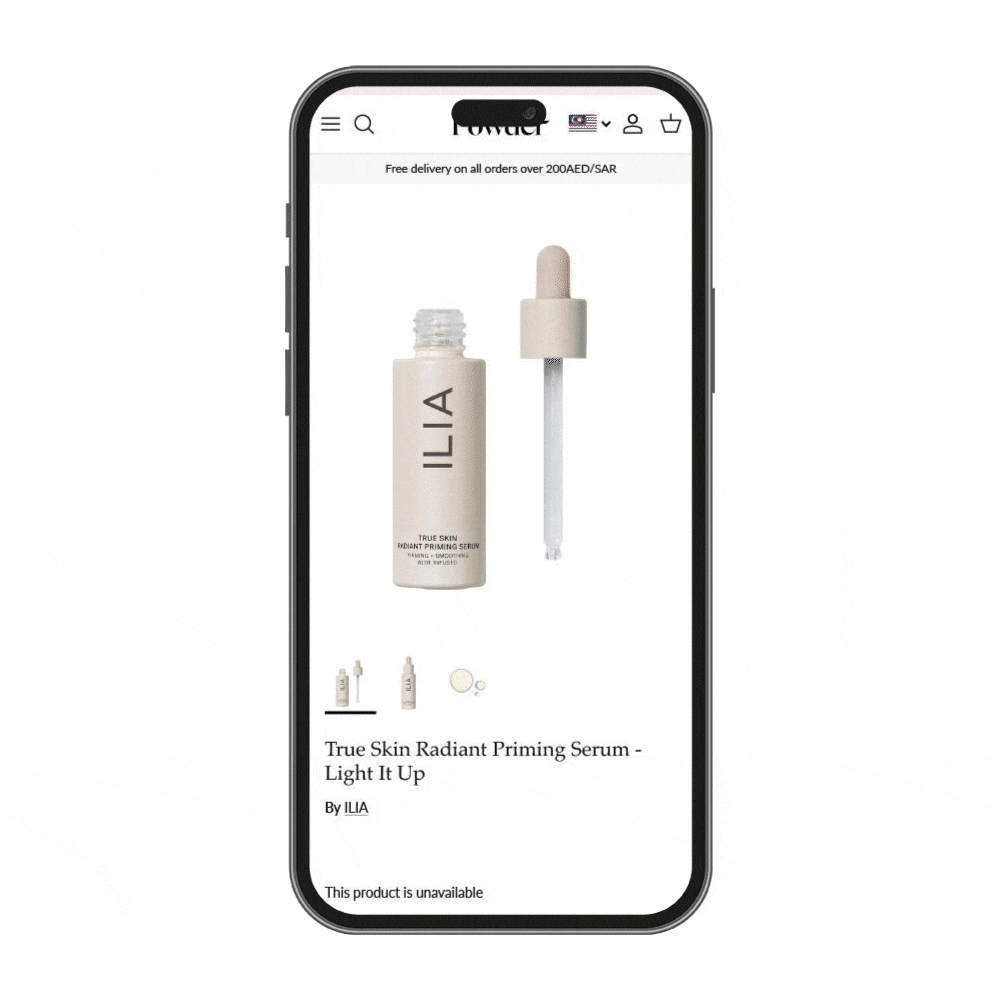The Legal risks of clean beauty claims and how to do it right

Product category
Author
The clean beauty market is booming, expected to reach $11.6 billion by 2027. However, the lack of a clear definition for “clean” leaves the industry susceptible to legal disputes. Brands targeting Gen Z consumers must prioritise authenticity and sustainability. Promoting products as “clean” carries repetitional, legal, and regulatory risks. Establishing a transparent clean beauty industry is vital to building consumer trust.
What is clean beauty?
Clean beauty generally refers to products formulated without harmful ingredients like sulfates, parabens, or formaldehyde. However, there is no legal definition of “clean” and also a lot of ingredients are lacking statistically relevant research to really identify them as harmful. Resulting in brands adopting their own criteria based on consumer demand, prohibited ingredients, and sustainability commitments. Brands often use terms like “natural,” “conscious,” “green,” and “organic” to capitalize on the demand for clean products.
The Current Legal Framework
Cosmetics in the US are regulated by the Federal Food, Drug, and Cosmetic Act (FDCA) since 1938. They require safety, and proper labeling, and must not be misbranded or adulterated. The Fair Packaging and Labelling Act (FPLA) ensures truthful labeling with ingredient disclosure. The Federal Trade Commission (FTC) can take action against deceptive practices. However, neither the FDA nor the FTC has defined “clean” for cosmetic labeling.
Legal and Regulatory Risks
Brands promoting products as “clean,” “natural,” or “organic” face potential liability. The FTC scrutinises claims like “100% natural” or easily verifiable claims such as “certified” organic or vegan. Deceptive claims have resulted in settlements and clarifications regarding synthetic ingredients. The lack of a clear definition raises questions about misleading consumers and identifying synthetic ingredients.
Did you know
The DGCCR (General Directorate for Competition Policy, Consumer Affairs, and Fraud Control / EU) has maintained since 2018 that brands must adhere to online selling regulations for cosmetics, find out the latest regulations here
Changing Regulatory Landscape
Although federal guidance on “clean” is lacking, there are potential changes on the horizon. The FTC plans to review its Guides for the Use of Environmental Marketing Claims, known as the Green Guides, which may impact claims related to “non-toxic” and “organic” products. Additionally, the Modernization of Cosmetics Regulation Act and state regulations aim to address ingredient labelling and restrictions, such as the use of PFAS.
Animal testing also falls under the clean umbrella, many consumers are also aware that regular animal testing takes place in China and therefore they automatically know not to purchase from brands that are sold in China. In May 2021, a new, long-awaited milestone was achieved: the ability for imported general cosmetics to be exempted from mandatory animal testing in China, thus opening up the Chinese market to several European cruelty-free brands that could previously only export limited quantities through cross-border e-commerce, or not at all. We discussed this further in “Update: The latest animal testing regulations in China”
Consumer Impact
Brands are turning their attention to satisfying Gen-Z consumers who are more sceptical of claims and demand more transparency, According to Wordstream, GenZ makes up 40% of consumers, we investigated this topic in depth in 3 Ways to Use Skincare AI to Market your Brand to Gen-Z and Millennials. Not only that but with evolving ways of marketing and advertising consumers have even more of a voice and means of demanding what they want from brands.
These consumers seek transparency and science-focused claims. Many brands claim to have environmental packaging which is important, but promising to completely avoid plastic or making extreme claims like this is not practical and can be seen through by consumers. Rather focus on balancing sustainability and functionality and providing honest information to your consumers. After all, whether you start at being only 20% clean or 10%, you will build more meaningful and loyal consumers by being honest and having them witness your growth into, eventually, being 100% clean (or any goal you have).
The Impact on Brands
Relying solely on ingredient lists is okay but it still leaves room for consumers to feel like they need to do their own research on whether the ingredient is alcohol-free, vegan, coral-safe, or ocean friendly etc. Understanding formulation nuances is crucial for informed decision-making.
61% of consumers feel brands supply the clean beauty label with not enough information. So how can you supply more information to your consumers? Skin Match Technology has developed two sophisticated digital solutions for brands which work together to provide ingredient and clean beauty information to their consumers.

Automated and customisable Clean Beauty Icons
These Clean Beauty Icons will appear under the appropriate product that falls under that clean beauty category. There are already 14 ready-to-go icons like pro-animal, pro-ocean, vegan, coral safe and more. On top of that, Skin Match Technologies solution is completely customisable too, you may tell us what clean beauty value applies to your brand and we’ll design a label accordingly!

The INCI explainer
The Ingredient or INCI Explainer works by not only providing the ingredients contained in each product but by toggling over the ingredient, consumers get a more in-depth explanation about the ingredient like what its best used for, where it’s from etc.
The clean beauty industry faces legal challenges due to the lack of a clear definition for “clean” and misleading claims. Brands must comply with regulations and consider third-party certifications to label their products.
💡Speaking of third parties, want to know why you might be losing traffic to third-party apps? Find out here
The clean beauty industry faces legal and regulatory challenges due to the lack of a clear definition for “clean” and misleading claims. Brands must ensure their labelling claims comply with regulations and consider third-party certifications for vegan or organic ingredients. Consistency in claims and language across marketing channels is essential to avoid deceptive practices. Balancing transparency, efficacy, and sustainability will lead to a more trustworthy clean beauty industry.
Do you think there should be some kind of legal body to properly define clean beauty in order to ensure a more transparent and uniform clean beauty industry? Leave your comments on our LinkedIn or Instagram!


